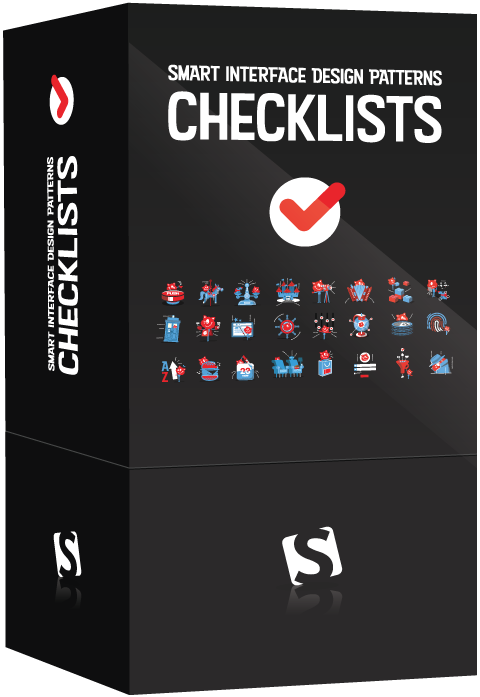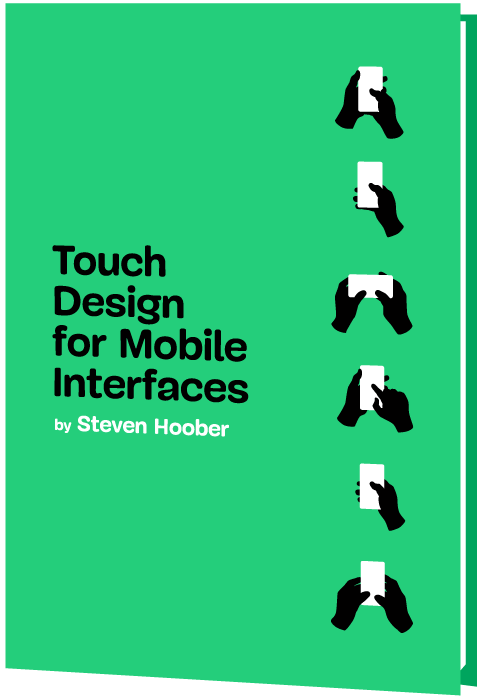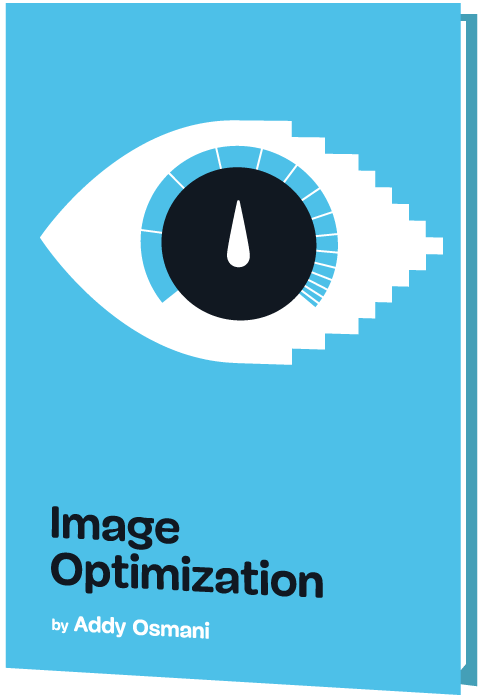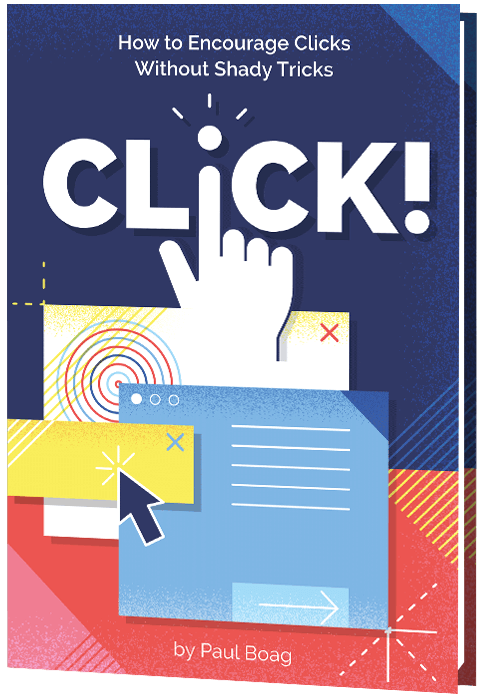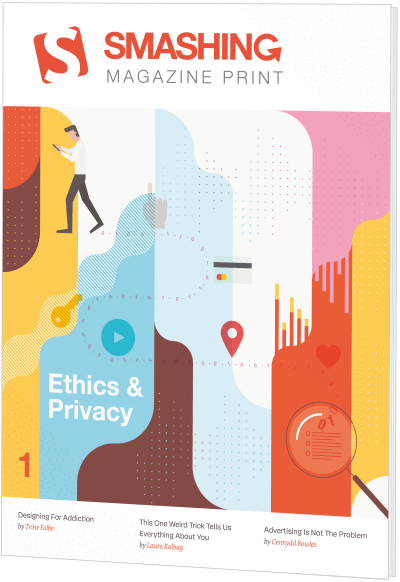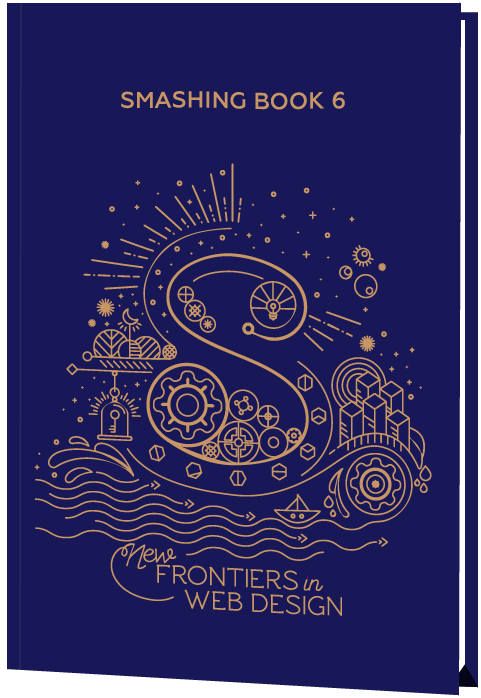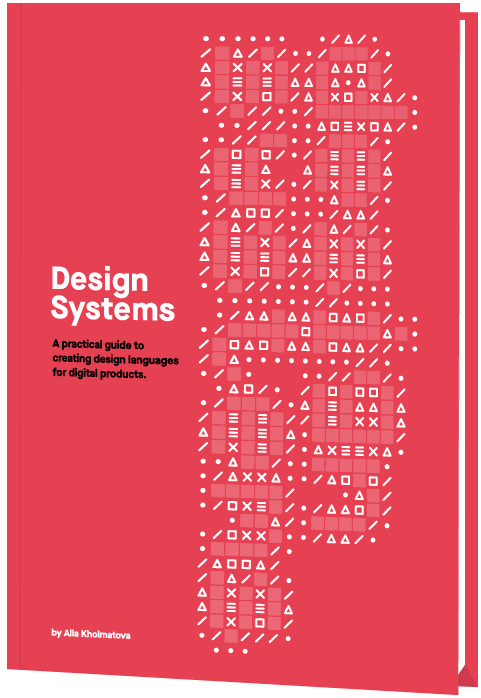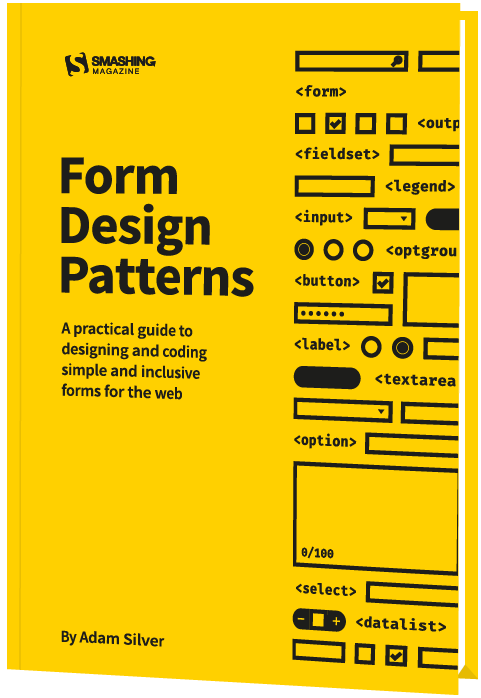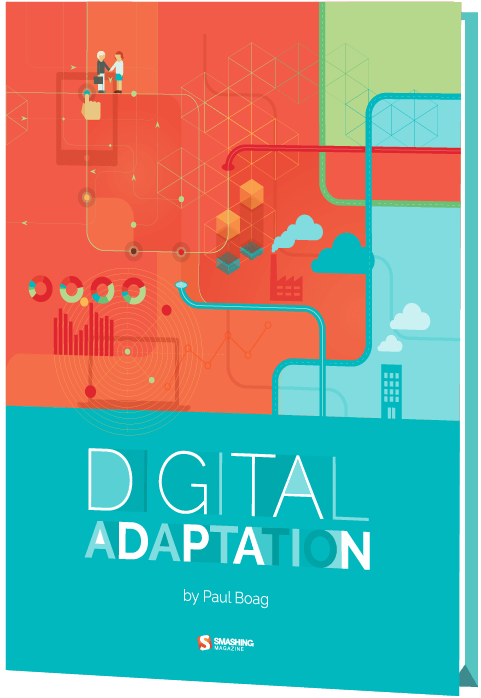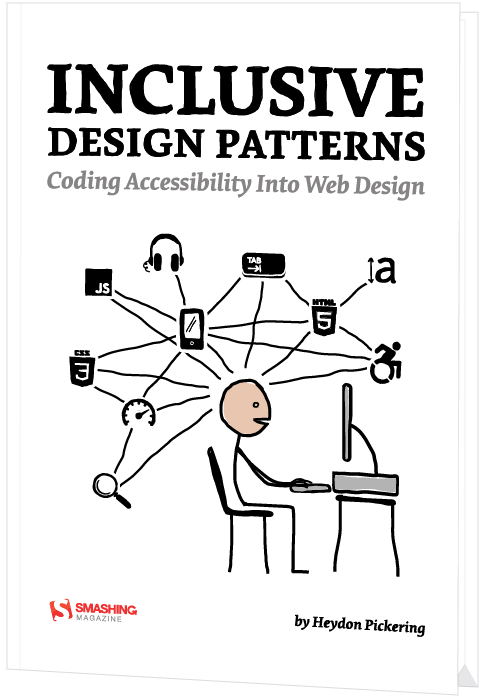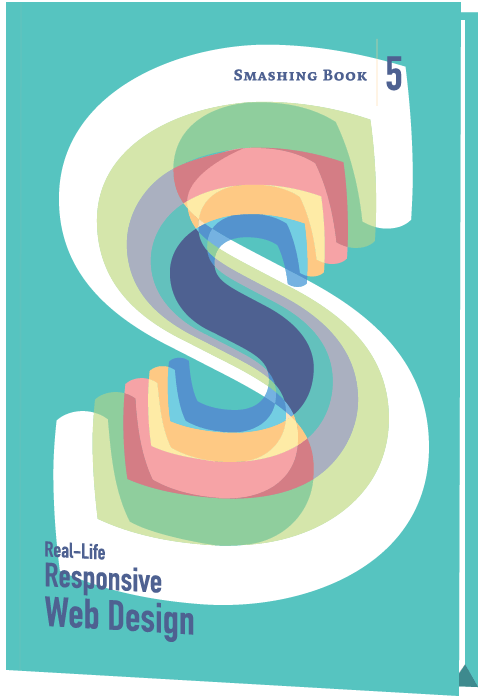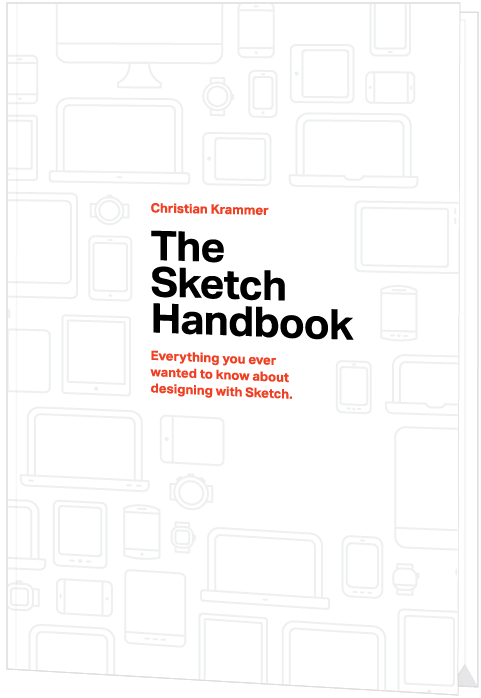Inclusive Components
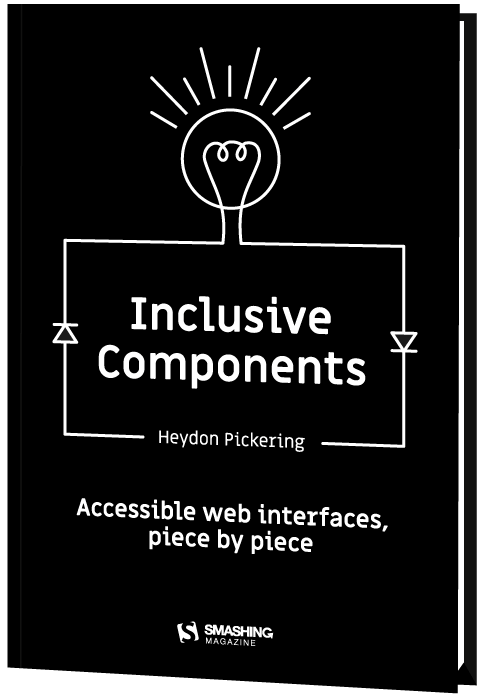
At its heart, “Inclusive Components” is a detailed, practical handbook for building fully accessible interfaces. The book examines common interface patterns — accordions, tables, tabs, toggles and everything in-between — through the lens of inclusion. The result is a dozen of fully accessible and robust patterns we author, plug in, and use daily. Jump to table of contents.
The book features 12 common UI components, broken down in detail, one by one. The in-depth explorations are meticulously illustrated and code examples culminate as bulletproof code snippets, applicable to your work right away. Plus a strategy for building accessible interfaces for your own components — all in one book. Download a free PDF excerpt (1.1 MB).
You’ll learn how to build:
- accessible buttons and toggle buttons,
- navigation menus and dropdowns,
- keyboard-friendly tooltips,
- “dark mode” themes,
- accessible content sliders,
- inclusive notifications,
- semantic sortable data tables,
- accessible dialogs and modals.
“Inclusive Components is chock-full of practical and comprehensive advice on building accessible UI. It’s my go-to resource after the official WCAG and ARIA documentation. I’ve found it extremely helpful when building our design system!”
About The Book
Because we often build and deploy under tough deadlines, we tend to break accessibility without even noticing it. Our products become slower, clunkier and more painful to use — often simply unbearable for keyboard- and screen reader users, and as such fragile and vulnerable for legal disputes. Let’s fix it.
We’ve teamed up with Heydon Pickering, a seasoned front-end developer with a focus on accessibility, to examine common web UI patterns through the lens of inclusion. The result is a dozen of accessible and robust solutions for the patterns we author, plug in, and use every day.
With Inclusive Components, we’ve tried to create a very focused handbook with applicable, long-living solutions and strategies to create accessible and inclusive interfaces. Download a free PDF sample (PDF, 1.1 MB)

Table of Contents
Each chapter tackles a single component, addressing how we might read and interact with it, and how we can make the component more reliable and robust for every single customer.
- Toggle Buttons
- A Todo List
- Menus & Menu Buttons
- Tooltips & Toggletips
- A Theme Switcher
- Tabbed Interfaces
- Collapsible Sections
- A Content Slider
- Notifications
- Data Tables
- Modal Dialogs
- Cards

About The Author
Heydon Pickering (@heydonworks) has worked with The Paciello Group, The BBC, Smashing Magazine, and Bulb Energy as a designer, engineer, writer, editor, and illustrator. He was shortlisted for Designer Of The Year in The Net Awards. Heydon previously wrote Inclusive Design Patterns which sold over 10,000 copies. Proceeds from this title were donated to the ACLU and The Democratic Socialists Of America, to help these organizations fight fascism and create a more inclusive society.
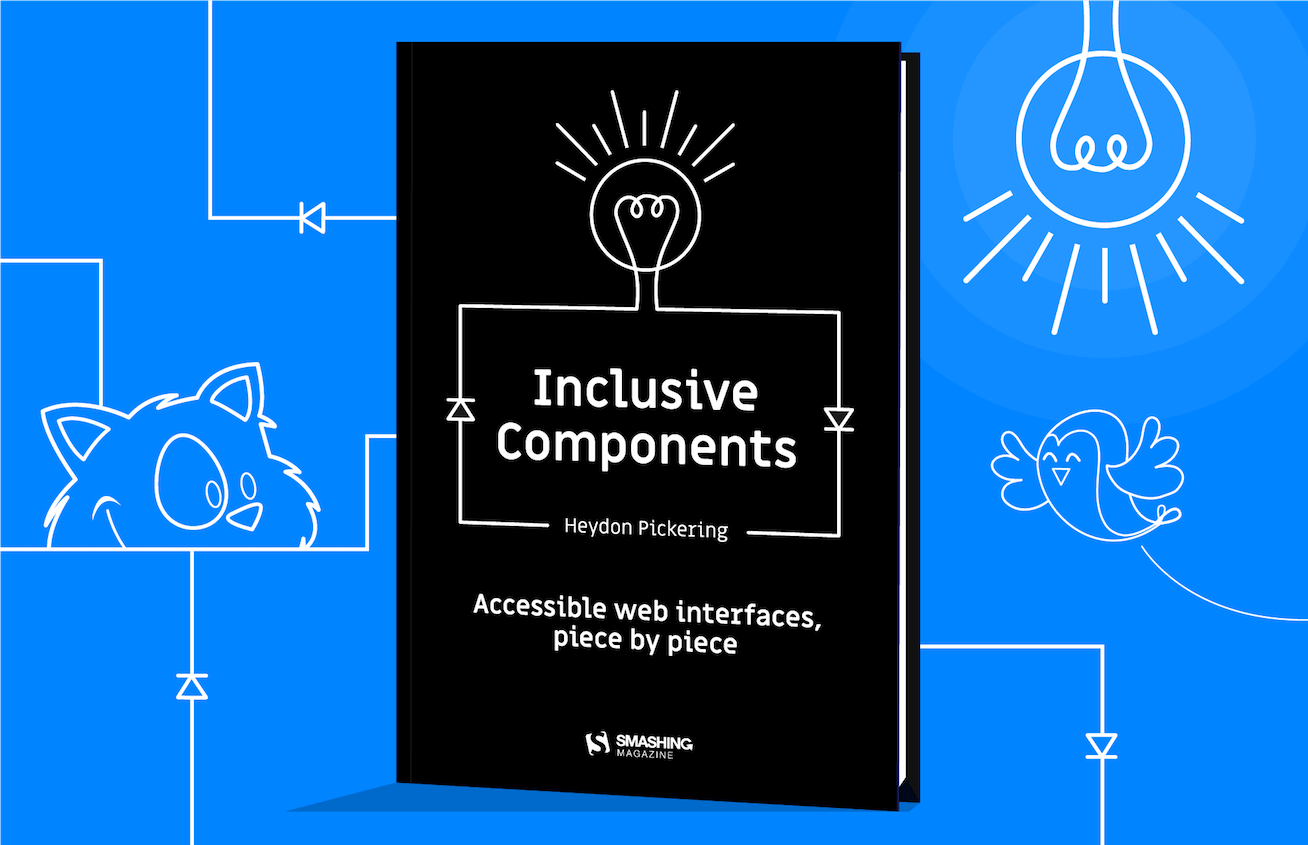
Technical Details
- 332 pages
- Quality hardcover with stitched binding and ribbon page marker
- ISBN: 978-3-945749-82-1
- Free worldwide airmail shipping from Germany
- Released in December 2019
Frequently Asked Questions
If you have any questions, we are right here to answer them. We love our customers, and we’d love to help you in any way or just listen to your story. So please feel free to ask questions via @smashingmag on Twitter — we’ll get back to you right away. Just in case: here are answers to some frequently asked questions.
- How much does shipping cost to my country?
- Delivery times to my country?
- Is the eBook included with print?
- What payment methods are accepted?
- Is there a money-back guarantee?
- I have a question that is not covered here.
More Books
Success At Scale
Interface Design Checklists
166 practical cards for common interface design challenges.
Understanding Privacy
How to put your users first and make a better web.
Touch Design for Mobile Interfaces
Want to learn how to improve the design of your mobile digital products? Learn how touchscreen devices really work — and how people really use them.
Image Optimization
Deliver high-quality responsive images in the best format and size, and at the moment your users need them.
TypeScript in 50 Lessons
Everything you need to know about TypeScript, its type system, and all its benefits in 50 lessons.
Click!
A guide to increasing conversion and driving sales sustainably.
The Ethical Design Handbook
A practical guide on ethical design for digital products.
Smashing Print
A printed magazine designed to make you think.
Art Direction for the Web
Creating engaging, art-directed experiences on the web.
Smashing Book 6
Exploring new frontiers in front-end and design.
Design Systems
Create effective design systems that empower teams to create great digital products.
Form Design Patterns
Designing and coding inclusive and usable web forms.
User Experience Revolution
Help organizations understand and embrace digital.
White Hat UX
How to avoid dark patterns and improve user experience.
Digital Adaptation
Helping traditional companies embrace and make use of digital.
Inclusive Design Patterns
Creating bulletproof, accessible HTML/CSS components.
Smashing Book #5
Smart responsive design techniques from real projects.
The Sketch Handbook
Everything you need to know to understand and use Sketch.


